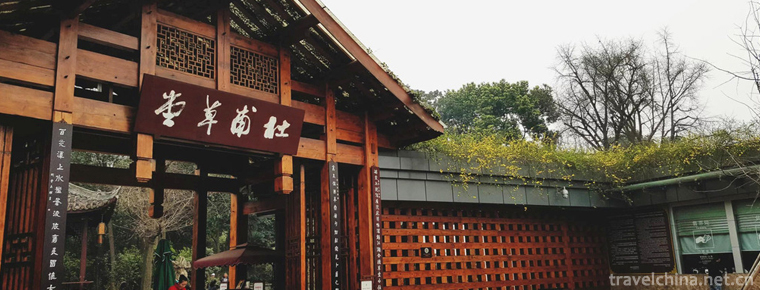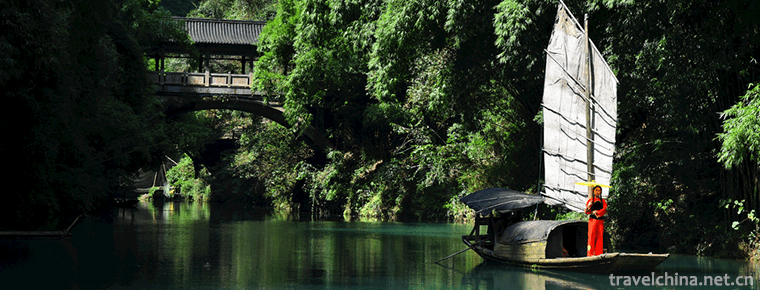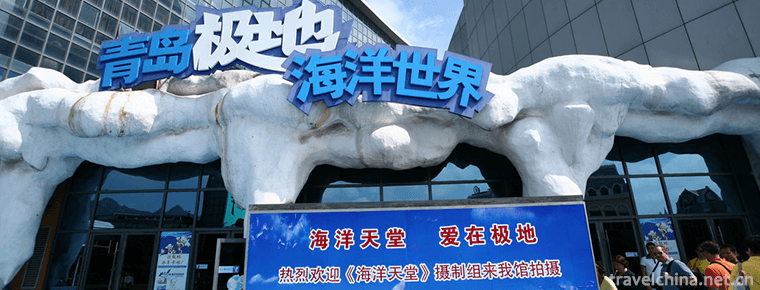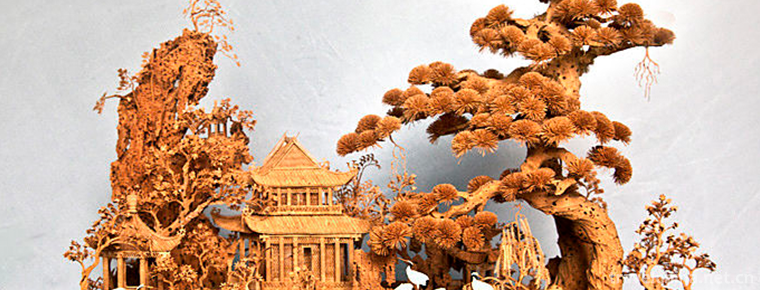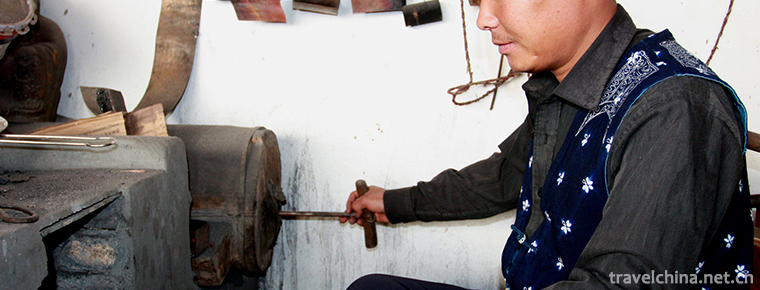Iron flower
Iron flower
Tiehua is a kind of fireworks which spread in the folk traditions of Henan and Jin Dynasties. It has a long history which can be traced back to the Spring and Autumn Period and the Warring States Period. Its mining and ironmaking industry has risen almost synchronously with the smelting history of the Chinese nation. Rich coal and iron ore resources provide extremely convenient conditions for the development of smelting industry. It flourished in the Ming and Qing Dynasties and has a history of more than 1000 years.
The thousand-year stunt originated from the Taoist culture of Lao Leshan. It was an activity held by folk craftsmen and Taoists to offer sacrifices to the ancestor of Taoism, Tai Shang Lao Jun. It later evolved into a comprehensive folk traditional celebration ceremony. At present, Henan Province is the only large-scale folk traditional fireworks, known as the "most folk fireworks", "Central Plains cultural exotic flower", "China's first iron flower" reputation, in 2008 was announced by the State Council and the Ministry of Culture as "national intangible cultural heritage".
Origin
Tiehua can be traced back to the Spring and Autumn Period and the Warring States Period, flourishing in the Ming and Qing Dynasties, but now it is on the verge of being lost.
Queshan Daihua
According to Yang Jianjun, the inheritor and intellectual property owner of Daihua in Queshan, Henan Province, the large-scale performance of Daihua in Queshan originated from the Northern Song Dynasty. It was a ceremony held every Spring Festival by Daoists of Lao Leshan and folk craftsmen of gold, silver, copper, iron and tin to offer sacrifices to Lao Shang's ancestor. After thousands of years'spread, it not only increased firecrackers, fireworks, but also played dragon lanterns and beaten dragon lanterns. Bronze wares and travel club fire were absorbed to form a unique performance style with grand scenes, great momentum and auspicious festivities. The performances were accompanied by ancient music, more than a dozen dishes of iron stoves, iron flower artists, bare-armed, dancing more than 1000 degrees of high-temperature iron juice freely shuttle, after being hit by iron blossoms, can burst out several feet high into the air blooming, the scene is spectacular.
Whenever iron sparks are hit, the nearby dragon lanterns will organize dragon lanterns to come and cheer up, shuttling under the flower shed splashed by iron sparks, known as "dragon flower piercing". "Dragon Wearing Flowers" is the best occasion to show the lineup, will and skills of each Dragon Lantern Team. The best-dressed dragon lantern team will be highly praised and admired by its peers and audiences, and will be rewarded by the organizers of the iron flower fight, which will bring its reputation into full swing in the future.
In ancient times, not only large workshops and large-scale craftsmen organized the activities of "Zheshan Tiehua", but also small-scale "Tiehua" activities were held in village and town fairs. Generally, they do not build flower shed or hold sacrificial activities, but choose a not too high willow or jujube tree, tie firecrackers and fires to the tree, turn the waste iron voluntarily donated by the masses into iron juice, and beat the tree with boards or shovels. This kind of small-scale iron flower activities in the ancient countryside, where the living standard is very low and the cultural and artistic life is extremely poor, bring countrymen infinite joy and excitement. This kind of "Tiehua" activity with strong Taoist and industrial characteristics has gradually been loved and supported by people from all walks of life, and has become a popular folk traditional entertainment in Queshan County.
In 2008, "Queshan Tiehua" was selected as the second batch of national intangible cultural heritage protection projects, which is also the only national Tiehua performance selected as the national non-heritage protection project. In recent years, "Queshan Tiehua" has been exhibited in Beijing, Hebei, Henan, Hunan, Hubei, Zhejiang, Anhui, Fujian and other places. It has also carried out large-scale public welfare activities such as "Queshan Tiehua" into barracks, campuses and communities, which have caused a sensation every time. CCTV has one set (Chao Wen Tian), four sets (Far Home), seven sets (Nianweier), ten sets (Hot metal changing fireworks) and thirteen sets of special reports. Beijing (Beijing morning), Jiangsu (Tiehua replacing Hong), Jiangxi (Jinfei telling stories), Zhejiang, Henan, Hunan, Hubei, Guangdong, Ningxia, Shenzhen, Hong Kong and other 10 local satellite TV and major national Internet networks. Station has repeatedly publicized reports, in 2016 by the famous director Sun Zhou invited to participate in the filming of micro-film "Iron Tree and Honeysuckle"; in the same year by the CCTV Spring Festival Program Group invited to the stage of the 2017 Spring Festival Gala; in 2017 by Sun Zhou again invited to participate in the filming of the film "Human Comedy"; in 2018, invited to participate in the first Chinese Peasant Harvest Festival and Film Festival.
Zezhou Tiehua
Shanxi Jincheng City was called Zezhou and Zezhou Prefecture in ancient times.
Shanhai Jing once wrote, "There is iron ore in the Yin of Huweishan Mountain", referring to the Huweishan mining area still being mined in Dayang, Jincheng City, Shanxi Province. The earliest blast furnace used in Jin Dynasty was first invented and used in Dayang. The most famous "Yangagu Sword" of the Warring States Period was also produced here. Its blade was sharp and iron was cut like mud. At that time, Dayang had become an important source of pig iron for the northern warlords to manufacture weapons.
In the Ming and Qing dynasties, the mining, ironmaking and foundry industries of Dayang Town in Zezhou Prefecture (now Jincheng City, Shanxi Province) were the most prosperous. They not only produced iron pots, nails, locks and other living utensils, but also had sickles, axes, shovels and ploughs. According to the Record of China Industry, there were more than one hundred cooked iron stoves in Guze Prefecture, the iron smelting center of Shanxi Province in Qing Dynasty.
Cultural inheritance
Symbolize
The earliest activities of hitting iron blossoms in the mountains were full of Taoist colors and characteristics of the industry. Taoism was advocated in Song Dynasty, and Taoist Temple views spread all over the county. Only one place in Lao Leshan was known as "Eight Palaces, Two Views and One Baitai". The five craftsmen of gold, silver, copper, iron and tin in society, together with Taoist priests, worship an ancestor, Laojun Tai Shang. Therefore, craftsmen and Taoists are brothers of teachers. "Striking iron flowers" originated from the sacrificial activities of craftsmen. In the event of major Taoist celebrations, Taoists will also pay money to produce, ask craftsmen to hold "iron flower" to add luster to Taoism. This invisibly promotes the development of the activities of "beating iron flowers". Obviously, the original purpose of "Tiehua" is to show the style of the industry, to please the masses and expand influence, which is equivalent to making an advertisement; the second is to seek good fortune, using the homonym of "Huahua" and "Fa" to take the meaning of "Tiehua, more and more" to symbolize the prosperity of the cause.
perform
Before "hitting iron blossoms", we should first erect a four-cornered greenhouse, which is more than a foot high, called "flower shed". The roof of the greenhouse is covered with a layer of fresh willow branches (willow branches are thin, soft, water-rich, and not easy to burn), and the branches are covered with fireworks and firecrackers. "Flower shed" at the top of the pole, which is more than a tenth of height, is called "old pole", "old pole" tied to the top of firecrackers, fireworks, etc., known as "coloring".
A melting furnace for melting iron juice is erected beside the flower shed. The raw iron prepared beforehand is blown by a big wind box to be converted into iron juice for use. The molten iron used for making iron sparks needs to reach 1600-1700 C, that is to say, gold blossoms can be seen from the molten iron. Although playing tinsel is good-looking, the performance is extremely dangerous.
When beating the iron flower, the melted iron juice is first injected into the prepared "flower stick" (a fresh willow stick with a fist thick and more than one foot long, with a circular groove 3 cm in diameter cut at the top of the stick to hold the iron juice). The flower beater holds the "flower stick" with the iron juice in one hand, and runs quickly to the "flower shed" with the "flower stick" without the iron juice in the other hand. The stick of iron juice makes the iron juice rush to the flower shed. The flower beater sticks after stick, one person with one person, the iron juice bursts out when it meets the willow branches on the roof of the shed, and ignites firecrackers and fireworks on the shed. It is colorful and earth-shaking.
If a skilled flower fighter can hit the old stick with one stick and ignite the highest fireworks, long firecrackers, etc., it is called winning the lottery. This person will be publicly named, dressed in red, rewarding money and things, very glorious.
Heritage Protection
In 2006, "Queshan Tiehua" applied for the intangible cultural heritage of Henan Province. In 2008, "Queshan Tiehua" was selected as the second batch of national intangible cultural heritage protection projects, which is also the only national Tiehua performance selected as the national non-heritage protection project.
From April 18, 2011, Zezhou Tiehua custom was selected as "the third batch of provincial intangible cultural heritage list recommended project list". In 2012, the custom of beating iron flowers in Zezhou, Jincheng City, was included in the third batch of provincial intangible cultural heritage lists.
Inheritance significance
Tiehua is the intangible cultural heritage with rich cultural characteristics in Chinese folk customs and folk arts. It is not only closely related to the wishes and customs of the people, but also to the secularization of Taoist art. At the same time, it also integrates folk beliefs, folk dances, folk music and other life contents in southern Henan. It has rich cultural connotations and features.
The folklore of beating iron flowers originated in the Spring and Autumn Period. Although it has been interrupted frequently, it has been inherited and continued to this day because of its adherence to Taoism and its implementation of activities such as the opening of the furnace and the folk festivals and festivals, which are attached to the blacksmith industry.
The iron flower scene is magnificent and magnificent, which has a great influence on the people. Beating skills are very strong, difficult to inherit, large investment, urgent need for protection.

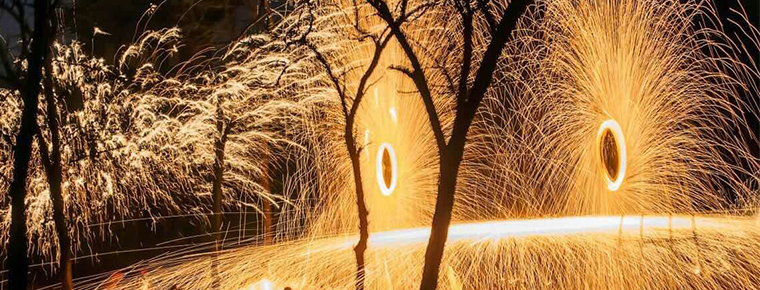
-
Du Fu Cottage
No. 37 Qinghua Road, Qingyang District, Chengdu, Sichuan, China.
Views: 194 Time 2018-10-01 -
Three Gorges Household Scenic Area
Three Gorges Household Scenic Area, National AAAAA Class Tourist Area, the First Batch of Civilized Scenic Area in Hubei Province, Top Ten Scenic Spots in Hubei Province.
Views: 142 Time 2018-12-12 -
Qingdao Polar Ocean World
Qingdao Polar Marine World is located at 60 Donghai East Road, Laoshan District, Qingdao City, Shandong Province. It is a large marine world complex integrating leisure.
Views: 228 Time 2019-02-07 -
Carrying a number
Handling trumpets is one of the trumpets of traditional folk songs. It is popular in many fields, such as manual workers, such as loading and unloading, lifting, pushing and pulling goods..
Views: 462 Time 2019-04-03 -
hubei drum
The original name of Hubei drum is "drum book", also known as "drum storytelling" and "drum Beijing tune", etc. It is a traditional rap art popular in Xiaogan.
Views: 150 Time 2019-05-03 -
Cork paintings
Cork painting, also known as cork carving, woodcut. Chinese traditional folk sculpture crafts. It is mainly produced in Fuzhou, Fujian Province. It is a handicraft combining carving and painting. Simp.
Views: 149 Time 2019-06-11 -
Encouragement of Miao Nationality in Western Hunan
Encouraged by the Miao people in Western Hunan Province, the traditional dance of Tujia and Miao Autonomous Prefecture in Western Hunan Province is one of the national intangible cultural heritage..
Views: 233 Time 2019-07-03 -
Yazhou Folk Songs
Yazhou folk song is one of the ancient folk songs in Hainan Province. It is popular in the areas of Yazhou and Dongfangkangcheng, west of Sanya Yacheng and east coast of Ledong. Yazhou Guest (Han) dia.
Views: 184 Time 2019-07-10 -
Silver jewelry making skills
Yunnan has been known as the "metal kingdom" since ancient times. Silver and copper resources in Western Yunnan are very rich, with Dali as a typical representative. Heqing Silver Ware Makin.
Views: 143 Time 2019-07-13 -
Anhui University Of Traditional Chinese Medicine
Anhui University of Chinese Medicine is located in Anhui. Jiangnan Labial teeth, Huai right A famous historical and cultural city called "the throat". Hefei For Anhui higher education revita.
Views: 115 Time 2019-11-07 -
Needlework of Chinese embroidery
Category: random needling, straight needling, disc needling, trowel needling, grabbing needling, flat needling, scattered wrong needling, weaving embroidery, applying needling, auxiliary needling, variant embroidery .
Views: 124 Time 2020-12-12 -
Yibins first industry
In 2019, the total output value of agriculture, forestry, animal husbandry and fishery in Yibin is 45.084 billion yuan, up 2.8% over the previous year; the added value of agriculture, forestry, animal husbandry and fishery is 28.346 billion yuan, an increase of 3.0%..
Views: 122 Time 2020-12-18
